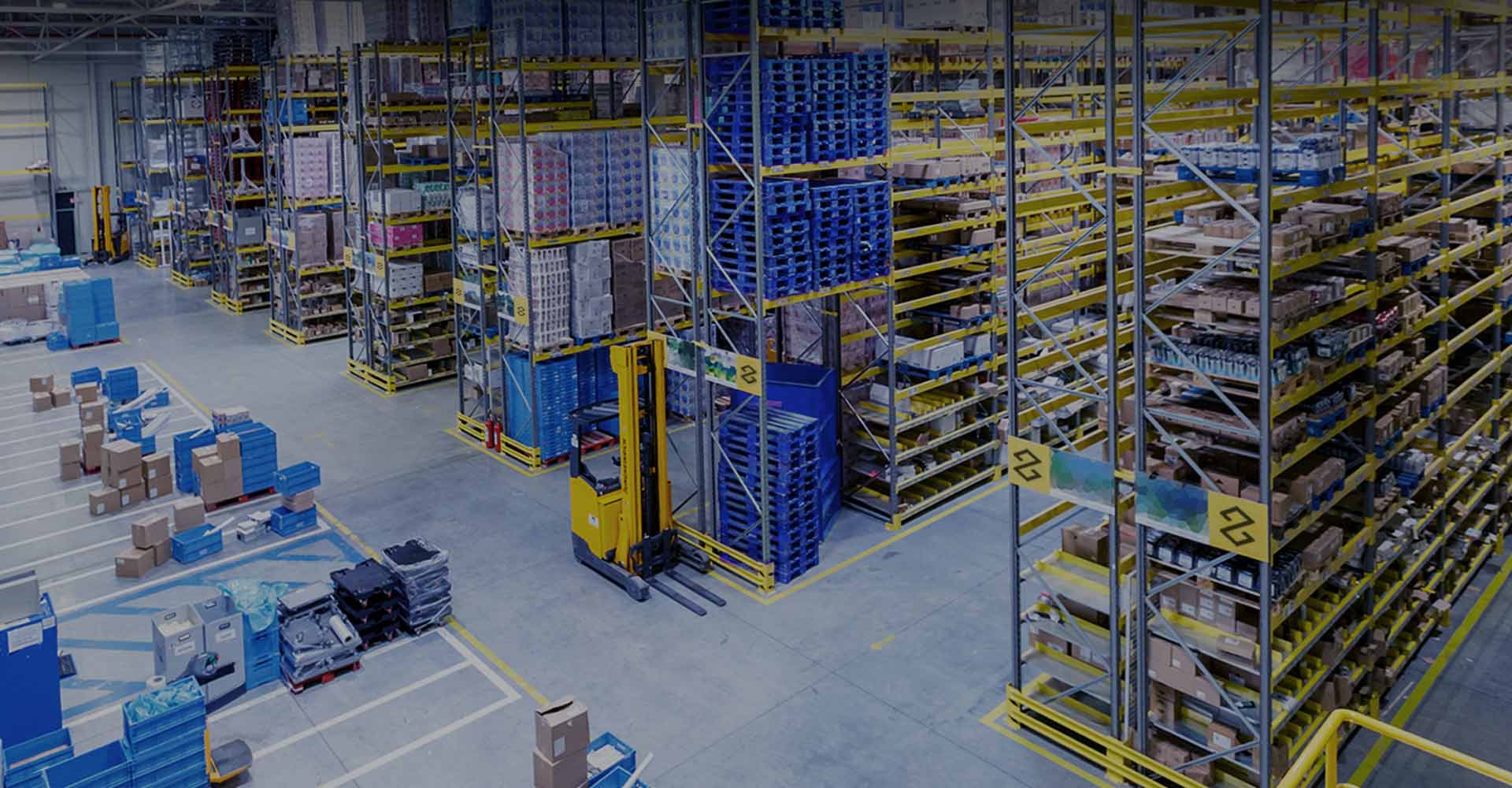
While it’s relatively easy to build a Shopify store, it’s much, much more difficult to scale a Shopify business. The ease with which entrepreneurs can sign up, use an off-the-shelf theme, and add products via dropshipping, means there is intense competition in the online retail marketplace. Brands that develop their own unique product, however, have a much greater chance of sustainable success, by working with specialists to deliver a best-in-class customer experience. An increasingly popular strategic imperative, is to outsource eCommerce fulfilment, which can accelerate order processing, minimise overheads, and even increase conversion rates.
Also known as third-party logistics (3PL), eCommerce order fulfilment is the method of entrusting a separate business entity to manage the storage and distribution of finished goods, on behalf of an online retailer, brand or manufacturer. 3PLs are diverse, and range from simple pick and pack warehouses, to more advanced technology-driven providers, offering outsourced customer support, product customisation, customs clearance, and deeper supply chain management, from strategic consultancy to procurement, and outsourced manufacturing. 3PLs sometimes specialise in particular market segments, such as health and wellness, luxury goods, or sports nutrition. They can also focus on particular eCommerce platforms, and other sales channels such as marketplaces, but generally, third-party logistics specialists will take a whole-of-market approach.
The first thing to consider is whether you actually need the help of a fulfilment centre in the first place. 3PLs typically demand a minimum of between 10, and 300 daily orders on average, to ensure both parties are benefiting from the business arrangement. Outsourcing eCommerce logistics can also mean a loss of control for retail decision-makers, but will free up time for them to focus on other areas such as marketing, sales, strategy and new product development. 3PL pricing is determined by storage, picking, packaging and shipping fees. Additional charges can include returns, goods-in, order reworking and product customisation. Some providers charge setup fees for integration, and ongoing monthly fees for their software. Once you’ve benchmarked your 3PL candidates by customer and employee feedback, service offering, pricing, along with their technology partnerships, the final step is to agree on a set of KPIs (key performance indicators) and OKRs (objectives and key results), to work into the contract, to ensure both parties are aligned in terms of their performance expectations. These metrics can include on-time delivery performance, order processing speed, WISMOs (‘Where is my order?’ queries), and missed orders due to poor inventory control.
Once you’ve signed your 3PL contract, this is when lines of communication are established, between retailer and fulfilment house, such as technical support for integration and implementation. The 3PL will work with you to move stock from other warehouses and your suppliers, over to the newly appointed fulfilment centre. Once your sales channels and/or order management system are integrated with the fulfilment provider’s warehouse management platform, then orders can begin flowing in, in real-time. Once an order is received, a picking note will be generated, and the picking team will collect the products from the required picking locations, to then take to the packing bench ready for packaging, after which the shipping label is generated and applied, and the online shopper receives a tracking notification, and depending on carrier partner selected, a range of in-flight delivery options.
With some of the most technologically-advanced 3PL services, retailers are provided with an inventory analytics dashboard, that monitors stock levels, order frequencies, supplier availability, and predicts future demand based on historical data, to determine exactly when the retailer client should, or should not or in new stock. This is to minimise understocking, and missed orders, and overstocking, in which capital is unnecessarily tied up in inventory.
Complete Strength is a Shopify-powered workout supplements retailer. Their founder, Rob Whitfield, has acquired new customers thanks to their 3PL’s 10pm order cut-off time, adding: “The majority of our orders will come in of an evening. When we had an earlier cut-off time, we missed out on sales. Now we’ve got a later cut-off time with Zendbox, we get less abandoned carts. We have also noticed customers are shopping with us simply because of the later cut-off time.”
Offering a late order cut-off is a major competitive advantage, proven to increase eCommerce conversion rates, customer loyalty, and revenue, finds Zendbox, a leading provider of eCommerce fulfilment services. After learning that 35% of online orders are placed between 4pm and 9pm, the 3PL has recently introduced a 10pm order cut-off time, helping merchants offer next-day delivery to more consumers. As a result, clients have experienced an average conversion rate increase of 15%.
James Khoury, founder and CEO of Zendbox, added: “After analysing the eCommerce SMEs, and major brands that work with us, we have discovered that merchants who don’t offer late order cut-off times, are missing out on order conversions, and experiencing higher customer acquisition costs (CAC).”
“Typically, it is difficult for many eCommerce businesses to offer late order cut-off times, as this requires robust technology, fulfilment warehouse infrastructure, and carrier partnerships. Most 3PL providers offer cut-off times between 12pm and 3pm, and many online brands fulfilling orders in-house have even earlier cut-off times. For the average consumer, this simply isn’t good enough.”
With Shopify growing in popularity and the fulfilment centre market skyrocketing globally, the eCommerce space remains a fertile ground for startups, mid-market retailers and established brands. Consumers demand on-brand, omnichannel online shopping experiences, on their terms, and expect retailers to offer fast and free, yet environmentally-friendly shipping. To remain competitive, fulfilment companies will have to invest in AI-powered warehouse robots, and automation that leverages IoT technology. 3PLs will be able to stand out from industry rivals by partnering with a carefully-selected range of technology partners, such as Shopify agencies and eCommerce platforms, along with suppliers in the packaging and product sourcing spaces.